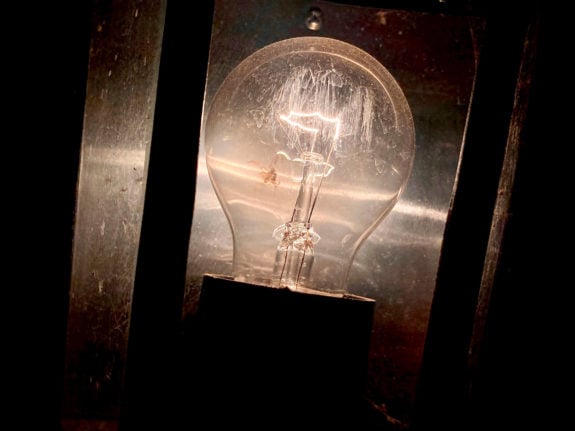In a press release, the Danish Utility Regulator, (Forsyningstilsynet), explained that the price of electricity for households and small businesses continued to rise from the second quarter to the third quarter of 2022 by 15 percent.
This gives a total increase of approximately 83 percent since the price increases that started in the third quarter of 2021.
The main reason for the soaring electricity prices is the rising cost of gas.
“We started to see price increases for electricity in the second half of 2021, and they were largely driven by price increases for gas, which in turn was due to the world economy getting back into gear after the coronavirus lockdowns”, Chief consultant Kristian Rune Poulsen from Green Power Denmark told news wire Ritzau.
“When the Russians then started to withhold deliveries of gas, which happened after the invasion of Ukraine, it escalated, ” Poulsen said.
Gas and electricity prices are closely linked, as the market is regulated by the most expensive energy source.
READ MORE:



 Please whitelist us to continue reading.
Please whitelist us to continue reading.
Member comments